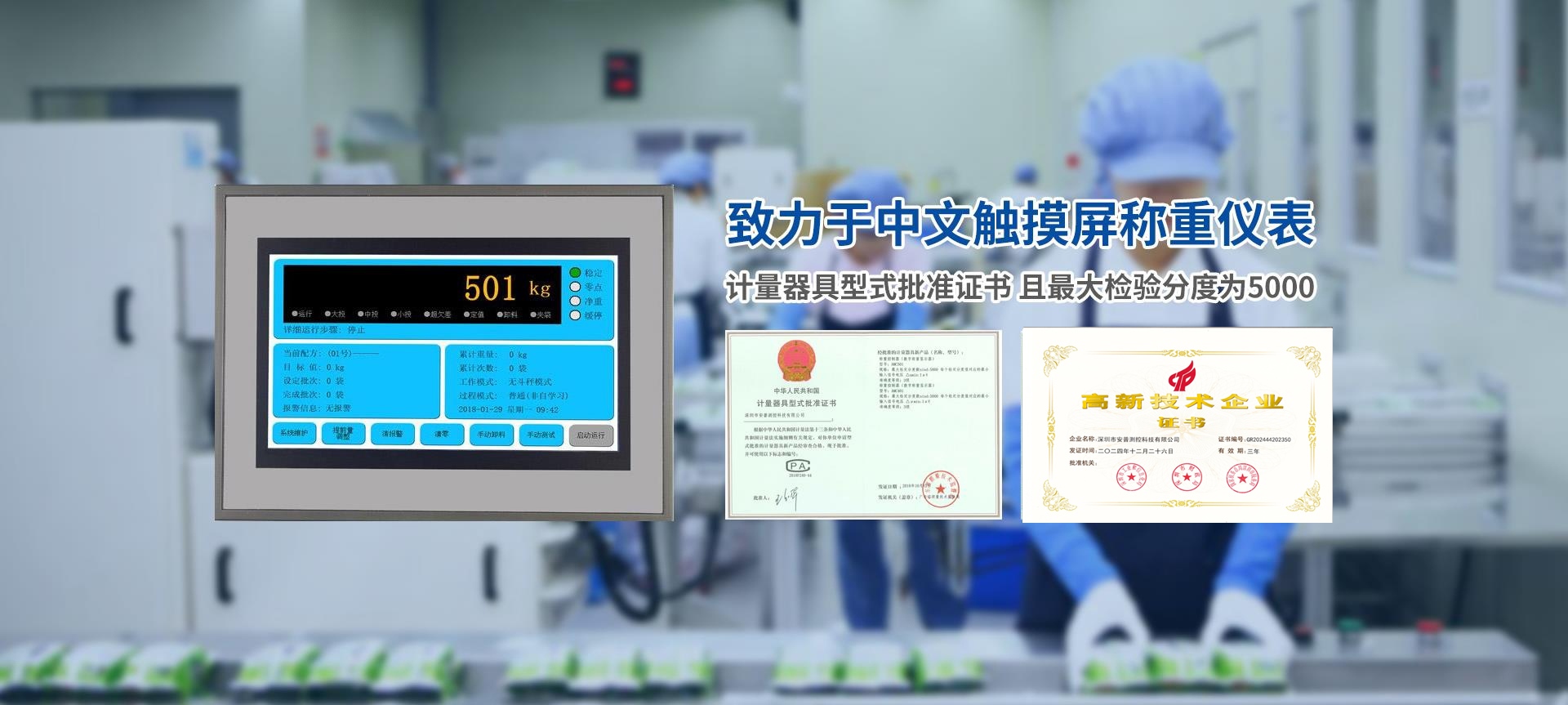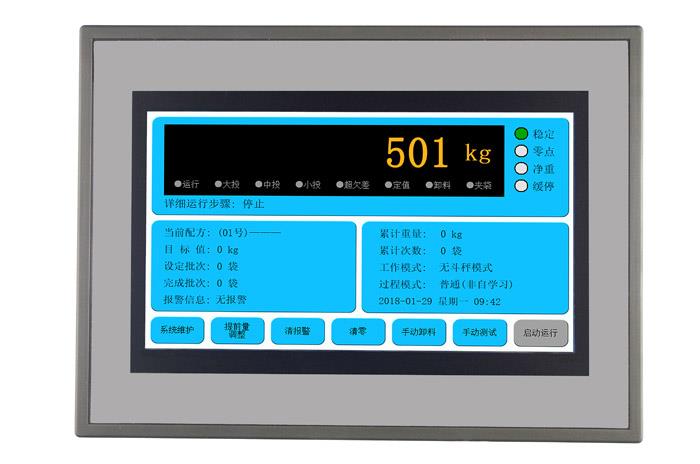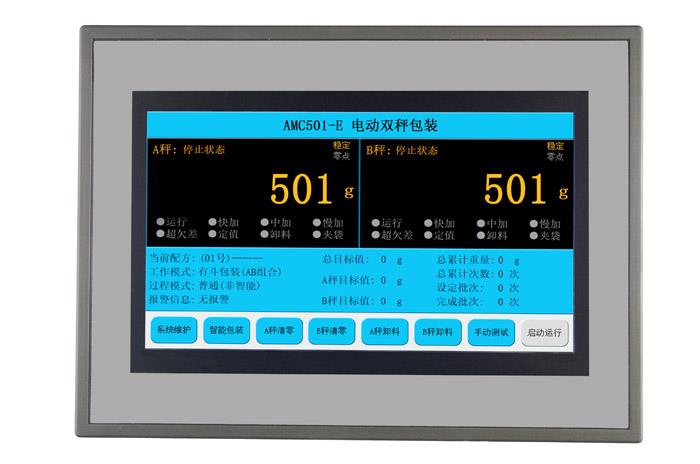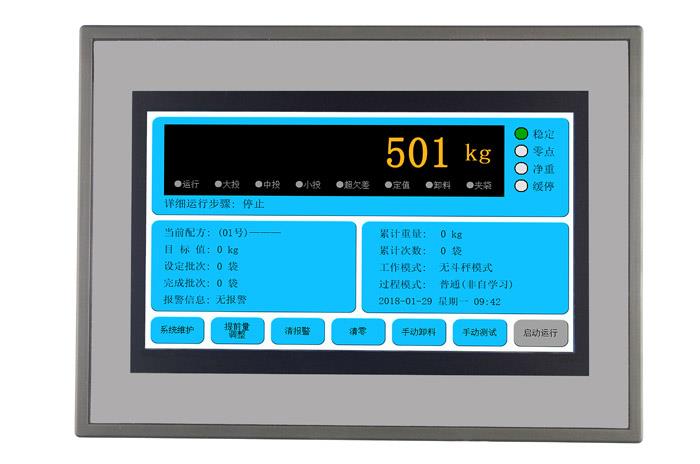
2019-06-01
Checkweigher Instruments In any weighing equipment, there are two kinds of errors that will have a significant impact on the accuracy of the equipment. One is repeatability, and the other is accuracy, that is, the weighing results are compared with known weights (such as weights). ) compared to the correctness. These 2 parameters are also the only comparable 2 parameters for dynamic checkweighing (online automatic checkweighing) and static weighing (static scale). In some documents, you may read some Other parameters, such as environmental conditions, temperature, measurement uncertainty, product properties, tare weight, air buoyancy, etc. Forget all these parameters, we will use the products that need to be checked in the environment for testing.

rightCheckweigher MeterThe biggest misunderstanding of testing is to use the method of calibrating the static scale to test the instrument of the checkweigher. Stop the conveyor belt, place an object on the weighing belt, read the weight, and see if the weight you know matches. This approach is completely wrong. When the conveyor belt is on, the checkweigher meter is running more vibrating and moving, which will bring more errors, and the test results in the static state cannot be directly compared. This This is also the reason why the sensors of dynamic checkweigher instruments need to be specially designed to meet specific accuracy requirements. In fact, the values obtained by placing objects in static conditions are only used by service engineers as the starting reference point for determining dynamic weight. For example When an automatic checkweigher instrument is stationary, the weight of an item is 500g, and when the checkweigher instrument is moving, the same object is weighed, and the obtained weight becomes 502g. At this time The checkweigher instrument needs to be calibrated, minus 2g. Generally speaking, the current checkweigher instrument can be compared and automatically adjusted by placing a static reference object.
The specific method is as follows: pass the same product through the checkweigher instrument 10 or 20 times to ensure that the direction of the product is the same as your actual production direction each time it passes.
1. Record each data. Some checkweighers can automatically record and calculate the standard deviation. If the checkweigher cannot automatically calculate, you can use the STDEV formula in the Excel table to calculate.
2. Once you have the standard deviation, multiply it by 6 to get the unreliable interval.
3. Search for TNE(-T1) in the table below, for example, if your product weight is 200 g, then TNE(-T1) is 5 percent or 9 g.
4. Now calculate a quarter of this 9g, which is 0.25 x 9g=2.25g. This value is your repeatability limit.
5. If the unreliable interval you calculated at first is greater than 2.25 g, then this checkweigher instrument is not available under this setting, and various types and weights of products that need to be checked on the checkweigher instrument , all need to pass this test. If you want to do better, repeat this test every once in a while, record and analyze the trend of each test, and see how the test results change over time. According to this The trend, you can determine how often you need to conduct such a test. These records and trend analysis are also valid proofs for the user of the checkweigher instrument to assess the risk of property insurance.

1 10, 2025

1 10, 2025